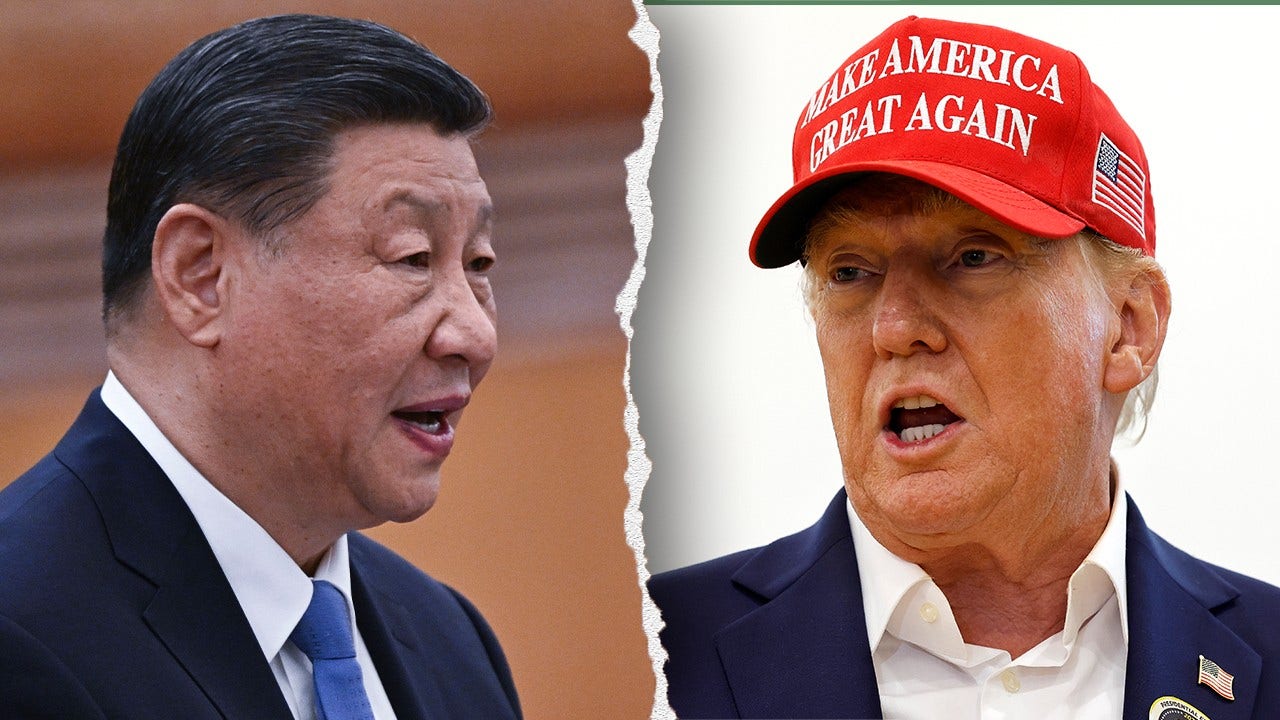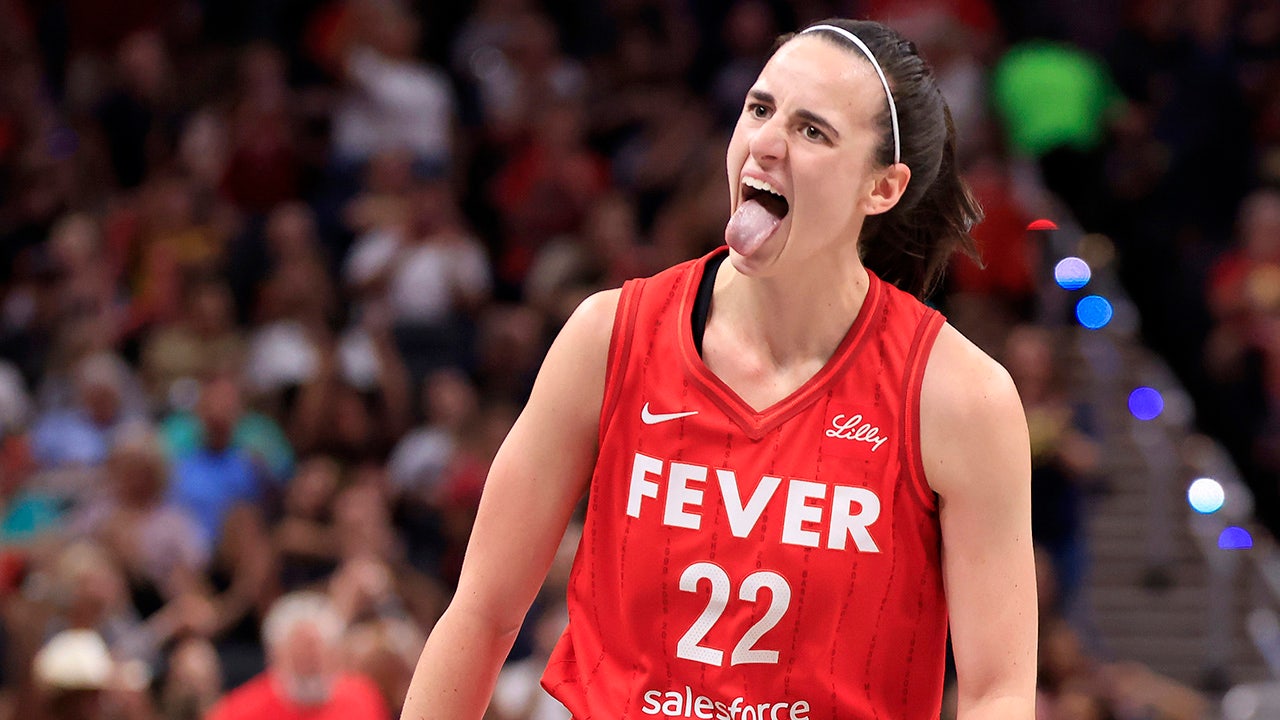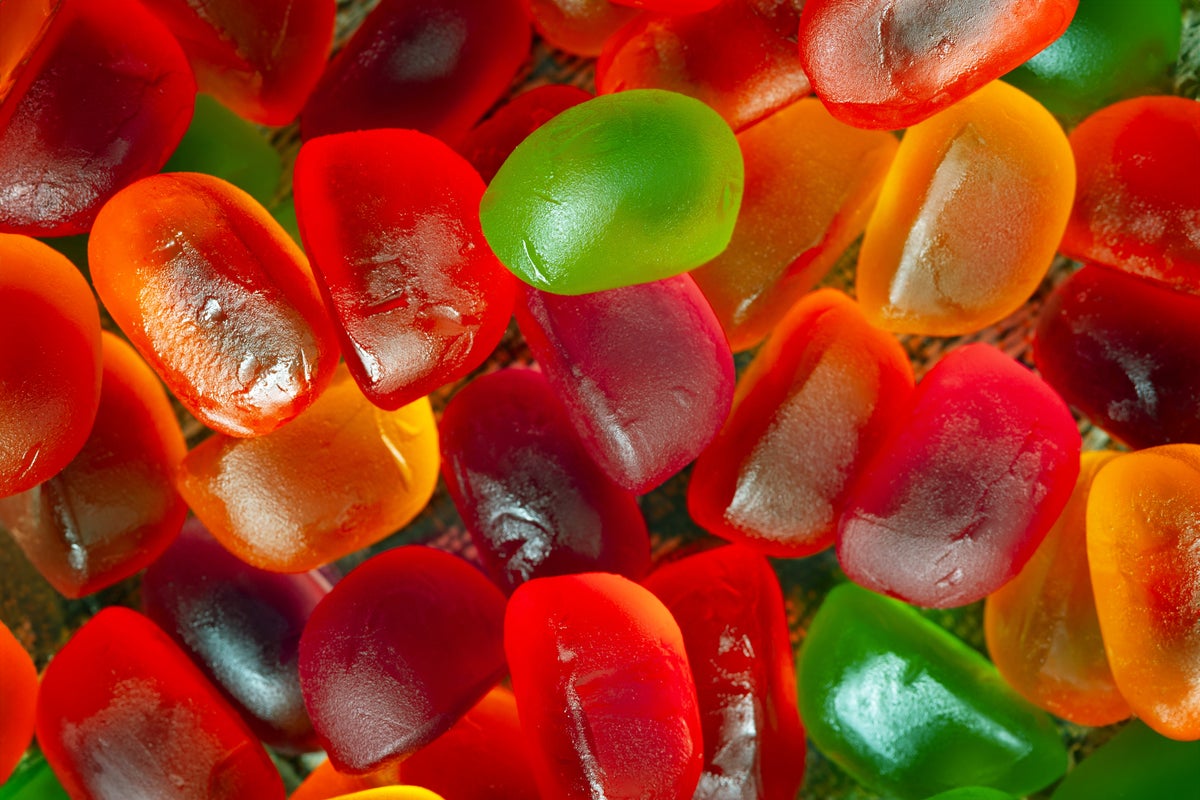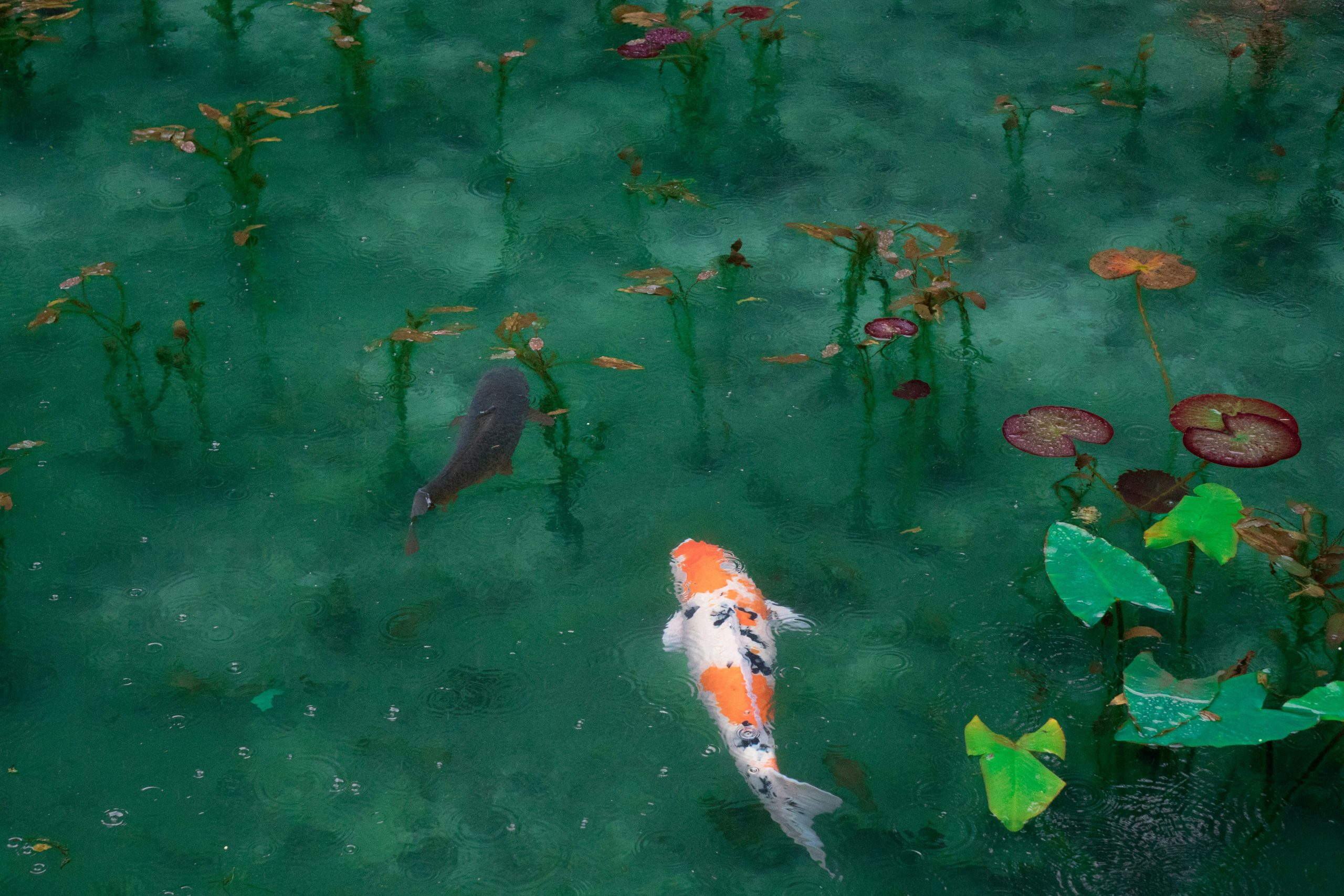Competition between plants for attention from declining numbers of pollinating insects may end up meaning plants become less diverse
Life
20 July 2022
Wild flowers in meadows sometimes have to compete for the attention of pollinators Shutterstock/Gudrun Muenz
Competition between plants to catch the attention of ever fewer pollinators may end up meaning plants become less diverse.
Insect populations are in decline around the world, including pollinator species such as honeybees and butterflies. Previous studies have suggested that this fall in pollinator numbers will lead to fewer plants being pollinated and so to fewer seeds being produced.
But plants also compete for pollinators and it is unclear how this will affect plants as pollinator numbers keep falling.
So Chris Johnson, now at the University of Washington in Seattle, and his colleagues set up a series of plant plots in Switzerland to investigate.
“We wanted to manipulate plant competition for pollinators to ask how it would affect plant coexistence,” says Johnson. Plant coexistence is important, he says, because there is less plant diversity if two plants can’t exist besides each other.
The team set up 80 equally spaced plots, each covering an area of 2.25 square metres. The research group was specifically looking at five plant species, including poppies, wild fennel and cornflowers. “We chose these plants as they are annual flowers,” says Johnson. This made it easier to follow the entire life cycle of the plants within just a year.
In each plot, the team planted one of the five species at a different density. This plant acted as a background competitor to a set group of 10 plants, two from each of the five plant species.
“We wanted to find out whether a species can maintain itself when they’re rare and their competitors are dense,” says Johnson.
But the team also wanted to see what would happen if plants didn’t have to compete for pollinators at all, so the ecologists hand-pollinated five plants in each plot with paintbrushes, one from each species.
This involved eight people using a paintbrush twice a week to transfer pollen to these plants. “It took hours of work in the heat,” says Johnson.
This allowed the team to compare plants that didn’t have to deal with pollinator competition with plants that did and observe which produced more viable seeds at the end of the year.
Using a mathematical model, the team determined that pollinator competition reduced the number of plants that could coexist – by looking at the number of viable seeds produced – and therefore cut plant diversity. “It could be for a number of reasons,” says Johnson. “Pollinators may be favouring attractive plants or a common species, and they’re helping that plant to the detriment of everyone else.”
“The authors have found that pollination does indeed destabilise coexistence,” says Berry Brosi at the University of Washington. “While the results are not surprising, it is a major advance to have shown them this rigorously, using a combined theory and empirical data approach.”
“The results are unsettling given pollinator declines around the world,” he says.
Journal reference: Nature, DOI: 10.1038/s41586-022-04973-x



























































